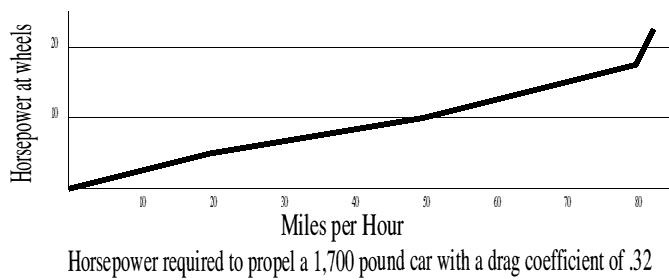 |
Currently produced internal combustion engines and fuel delivery systems are very much based upon concepts which originated with the work done on the first factory produced vehicles built by Karl Benz in the 1880's. They can be seen to be 19th century technology with more modern refinements bolted on to attempt to increase efficiency and power. But it must be said that internal combustion engines waste much more energy in dispersing heat or wasting fuels than in actually driving a car. The nature of internal combustion will allow only for a 30% efficiency by the very nature of the physics of its operation, which uses heat to expand gases to drive pistons. But even more wasteful is its use of fuel to produce the heat. Because liquid fuel does not burn, evaporization and vaporisation must be used to change the state of the liquid to a vapor, and therefore allow ignition to take place. Liquid petrol or diesel will not ignite.
Any fuel injection unit or carburettor that delivers a liquid, or even atomised liquid to the combustion chamber, does not fully vaporise the fuel. The vaporization of this liquid to allow for ignition must take place over a period of several milliseconds. There is not enough time to normally convert more than 10% of the fuel into vapor. So the remainder gets cooked within the combustion chamber, to form carbonaceous deposits within the engine, or gets sent out through the exhaust. That leaves around 90% of the fuel basically wasted. |
